Do you really need a tripod? The pros and cons can be subtle and unexpected
Every photographer will need a tripod some time, but how useful are they in today’s world of high ISOs and image stabilisation?
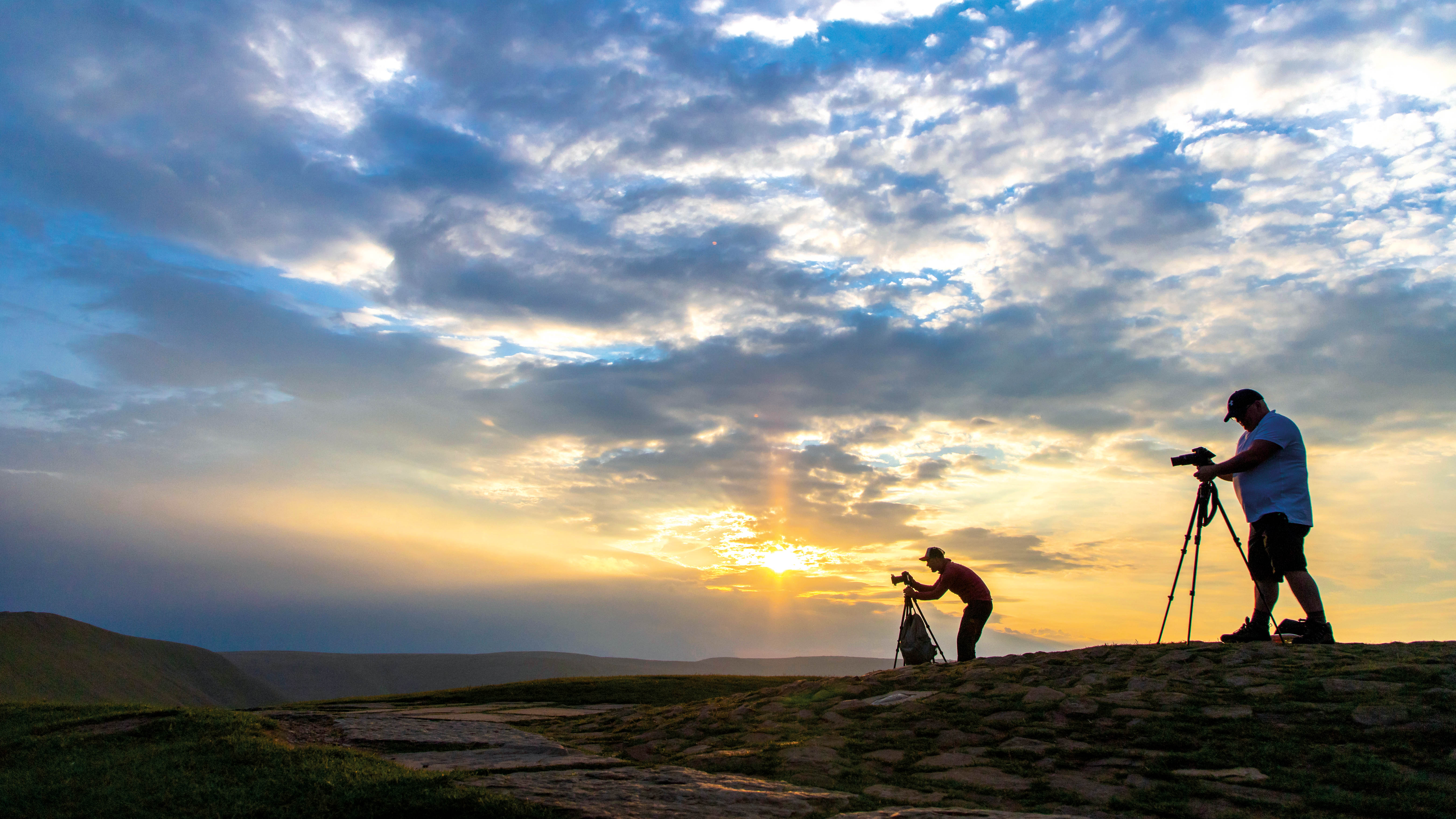
We’ve just updated our guide to the best tripods, and this made us think more carefully about the role of tripods for today’s photographers and videographers – and the pros and cons are not necessarily obvious at all.
Some will say that a tripod shot will always be sharper because some degree of camera movement will always exist in handheld photographs, even if you don’t see it.
But we’re not going to pursue that argument because there are more important arguments to be had in favor of – or against – tripods.
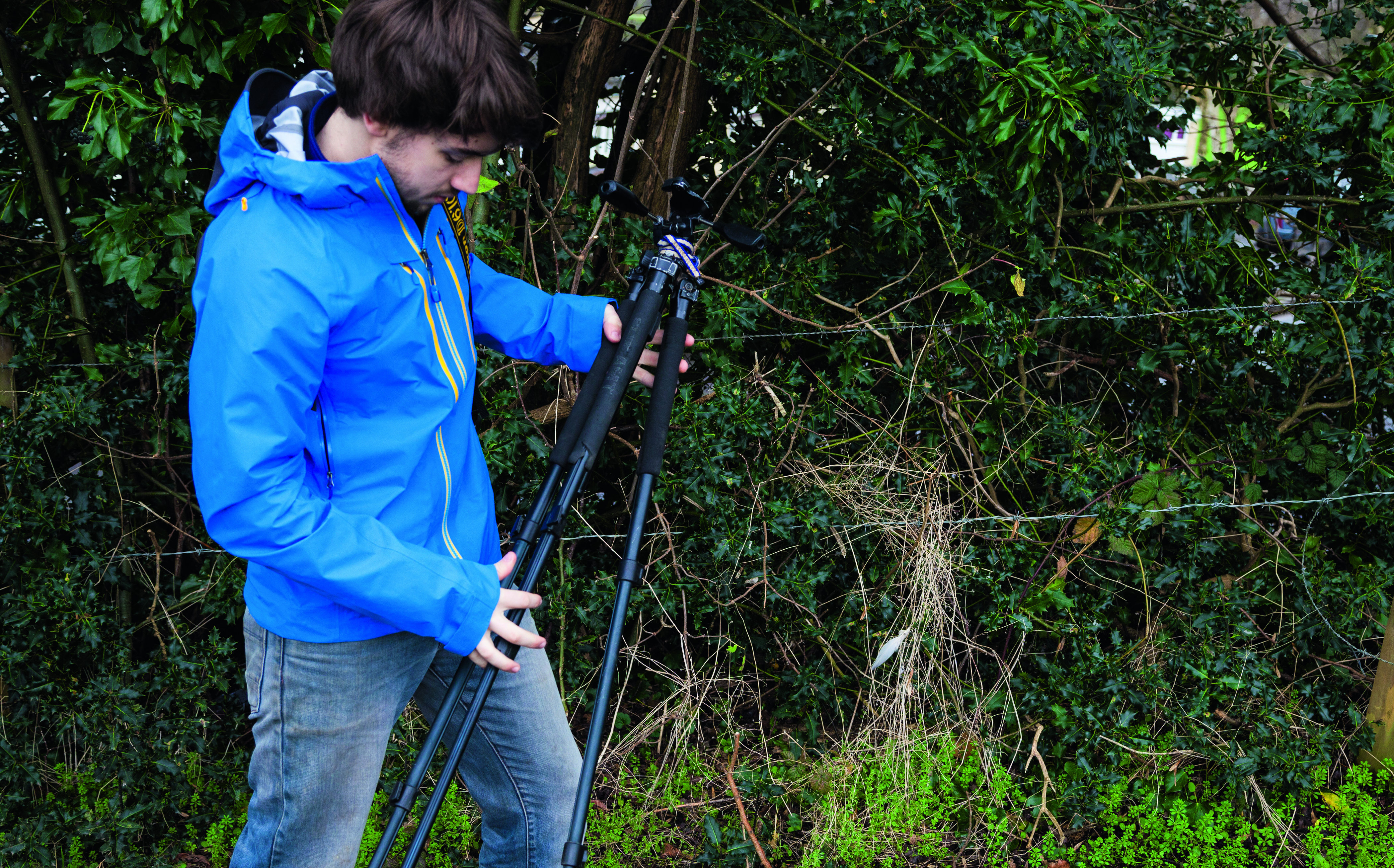
Instinct versus planning: what are you like?
This is not something that’s discussed much, but some photographers are planners while others act on instinct.
If you are planner, you will set out with an idea of what you want to capture, you’ll work out where you need to be to get the shot and you will organise your accessories, camera settings and timing around the shot in your head.
Other photographers work by instinct. They don’t know where the shots are until they walk into and around a scene to get a feel for the angles… and they will seize shots when they look ‘right’.
Many photographers do both, depending on the conditions, but the point here is that an ‘instinctive’ photographer will often find a tripod restrictive, while a ‘planner’ will almost certainly get on much better with the methodical approach that tripods encourage.
Get the Digital Camera World Newsletter
The best camera deals, reviews, product advice, and unmissable photography news, direct to your inbox!
You can try to compromise with a more compact 'travel tripod', but be sure to get one small enough and light enough that you will actually take it with you and not just leave it back at the hotel.
Another alternative is a monopod – a one-legged tripod. You have to hold it up yourself, but it will take the weight of the camera and lens and provide useful extra stability. Some people love them, some not so much. You have to try one for yourself to decide if it's something you would use.

A tripod will give you more freedom with settings
You can wind up your camera’s ISO to maximum, switch on your camera’s image stabiliser and grab hand held shots in the city or your local streets with nothing but artificial light – but you will always be at the limit of your camera settings, or what you consider ‘acceptable’ image quality.
With a tripod you have more choice of settings. You can use a lower ISO, a smaller lens aperture and much more precise focusing. The shot may look broadly the same, but the quality and control and finesse will be altogether better.
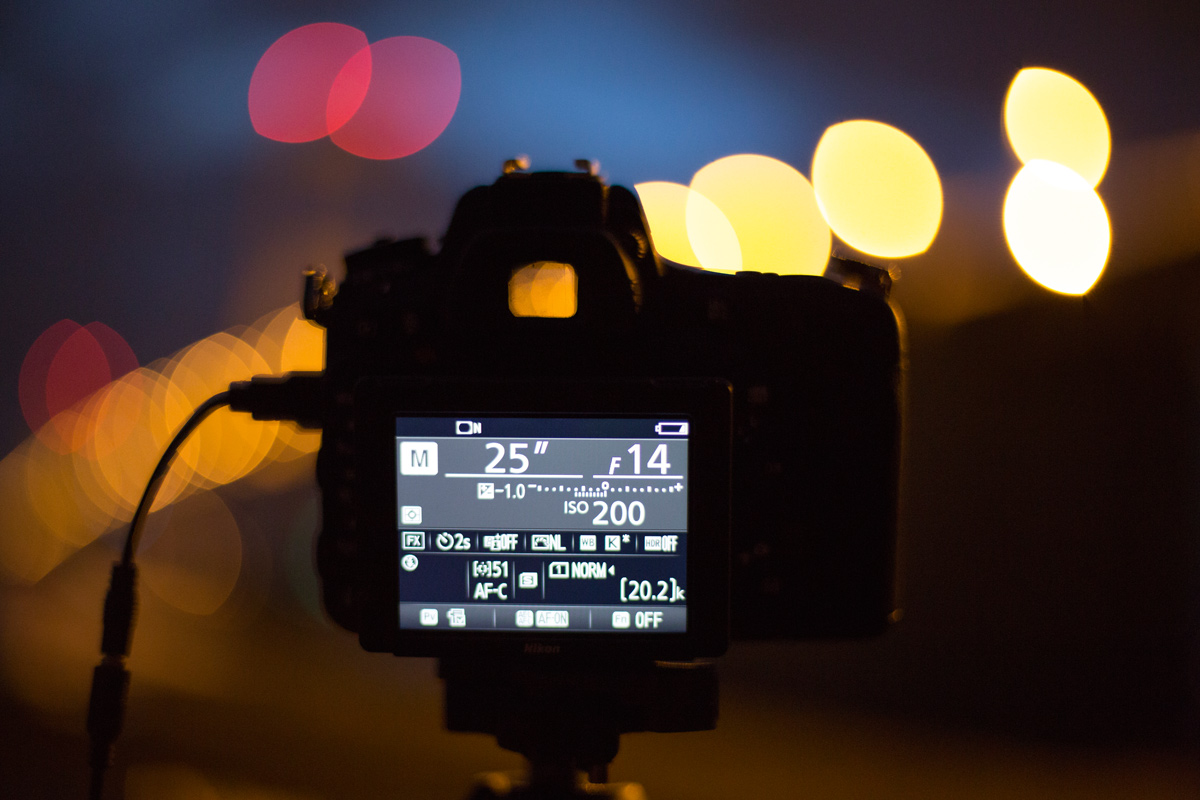
Night shots, timelapse, movement blur… it’s got to be a tripod
Some shots demand a tripod and always will. Long exposures and timelapse movies are prime examples. The camera has to be perfectly stationary for seconds or minutes at a time, and a tripod is the only thing that will let you achieve that.
• Night photography tips
• How to make your first timelapse video
A tripod leaves your hands free
This is an often overlooked point. If you’re juggling filters and lenses, it’s much better to have two hands than one. We are probably not the only photographers who have fumbled and dropped cameras, lenses, filters and more, simply by trying to swap equipment with one hand while holding the camera in another.
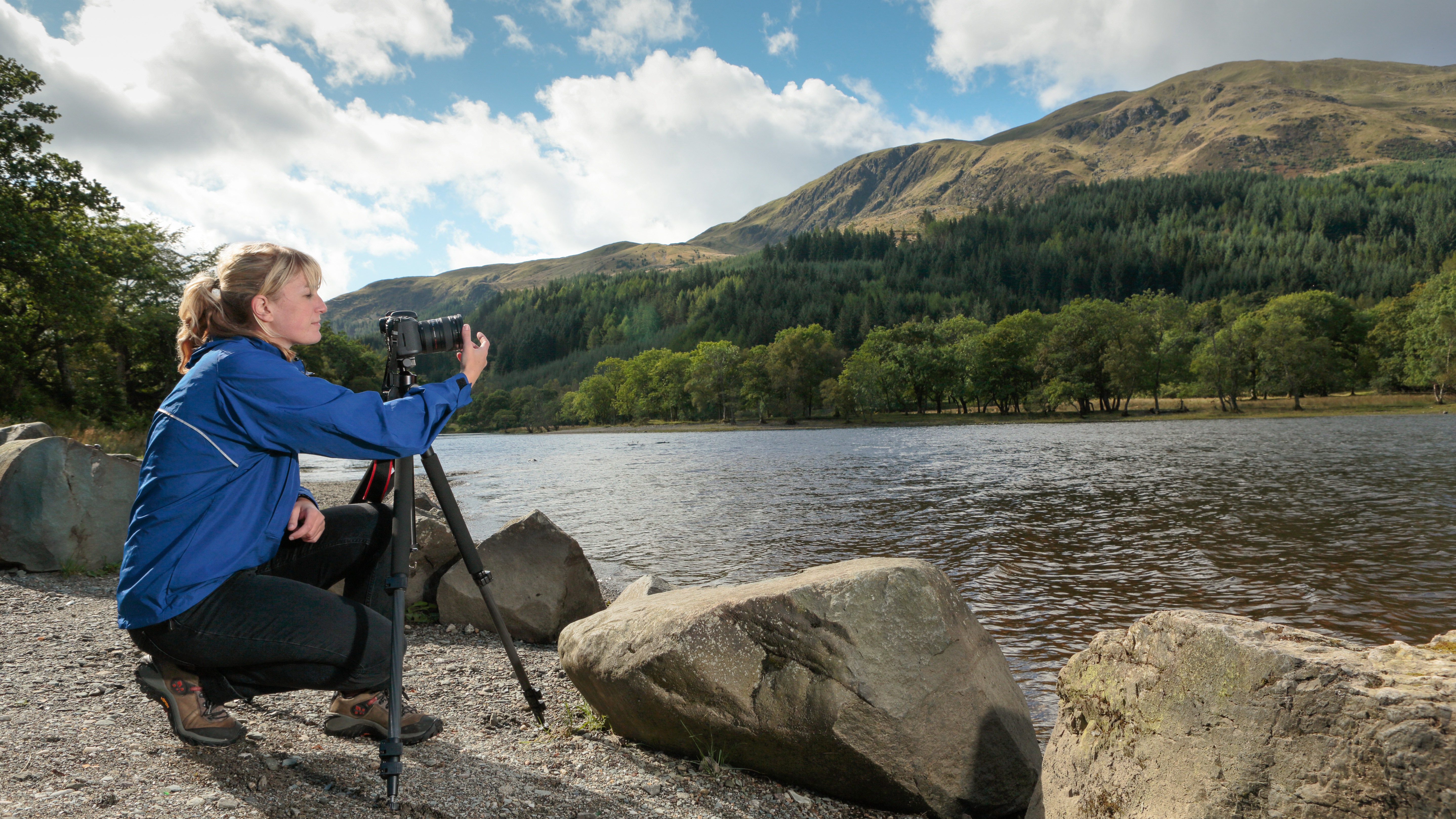
A tripod is your 'save point'
Legendary photographer Joel Meyerowitz says the beauty of a tripod is that it remembers the last decision you made. We’re going to rephrase that for a new generation and say that a tripod is a photographer’s ‘save point’. When your camera is on a tripod you can always go back to the viewpoint you chose, set up and ‘saved’, even if you go wandering around looking for fresh angles in the meantime.
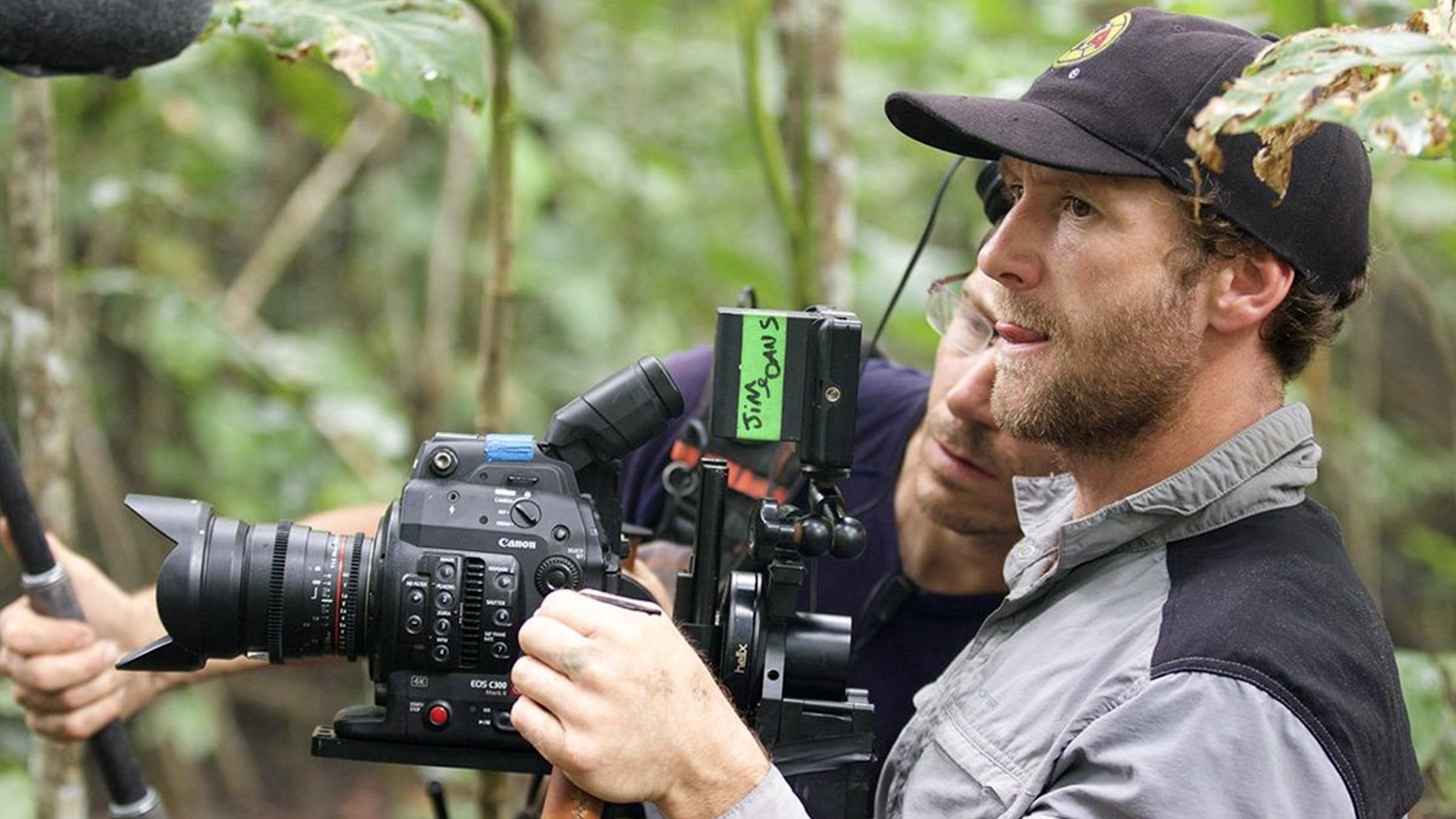
Use a tripod for video
A tripod gives you precise camera control, whether you are moving the camera in fixed horizontal increments for a panoramic ‘stitcher’ or creating a smooth panning shot for a video.
Tripods come with all sorts of specialised heads, of course, including ‘panoramic’ heads with adjustable nodal points for precise panoramas, or video heads with fluid capsules and adjustable ‘drag’ for smooth panning movements.
We do have a separate guide to the best video tripods.
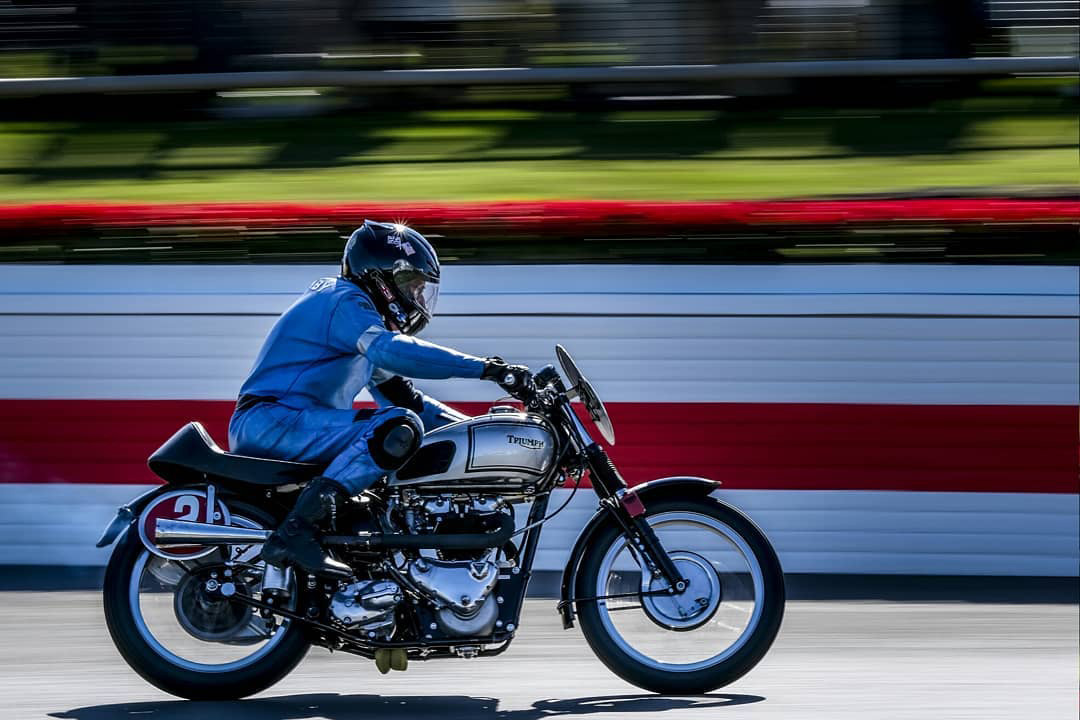
Use a tripod for heavy lenses and panning
You can use big telephoto lenses handheld, but even if you can keep the shutter speeds high enough to prevent camera shake, the sheer weight of a super-telephoto lens can become tiring even after a few seconds.
Besides, in sports and wildlife photography you tend to spend a lot of time finding the perfect shooting position, and once you've found it you'll probably want to stay there for a while.
A tripod won’t just take the weight, it will leave your hands free to grab a hot drink or a sandwich from your camera bag and, if you slacken off the pan axis, it will let you follow moving subjects smoothly and without effort.
If you invest in a gimbal head, you will be able to move the camera and lens freely in all directions while the head takes the weight and cuts the wobble.
• Best cameras for sports photography
• Best 150-600mm super-telephoto lenses
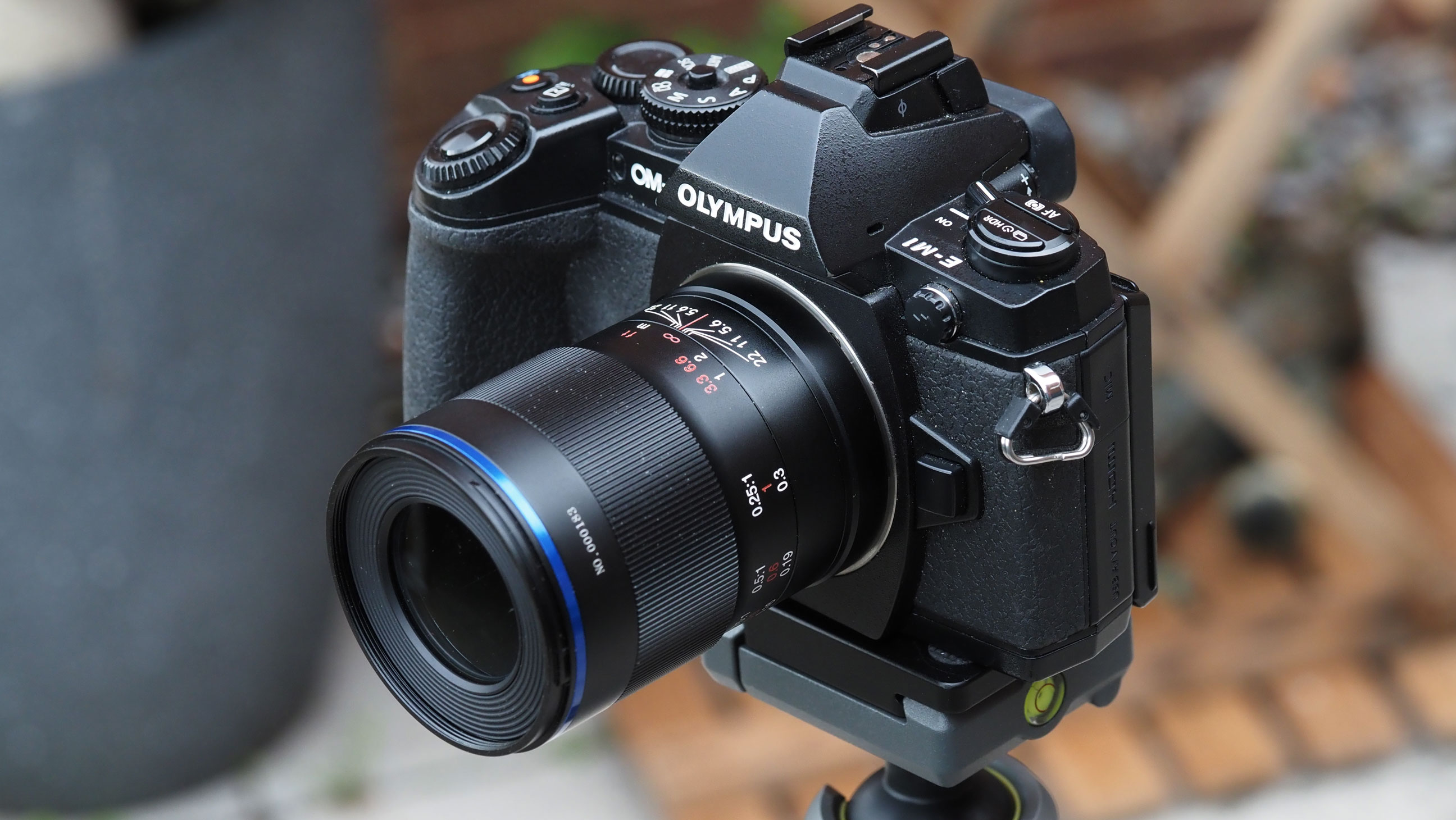
Use a tripod for precise focus in close-ups
We imagine camera shake is the only enemy in handheld photography, but there’s another that becomes apparent in still life and macro work.
Even if your image stabiliser can correct any side to side movement or tilt, it can’t compensate for fore and aft movement. When you are shooting handheld it’s almost impossible to stop yourself swaying forwards and backwards, even if it’s ever so slightly, so that your subject drifts in and out of focus from one moment to the next.
You may not need a tripod to get the shutter speeds high enough for macro photography, but you definitely need one to keep your point of focus exactly where it needs to be.
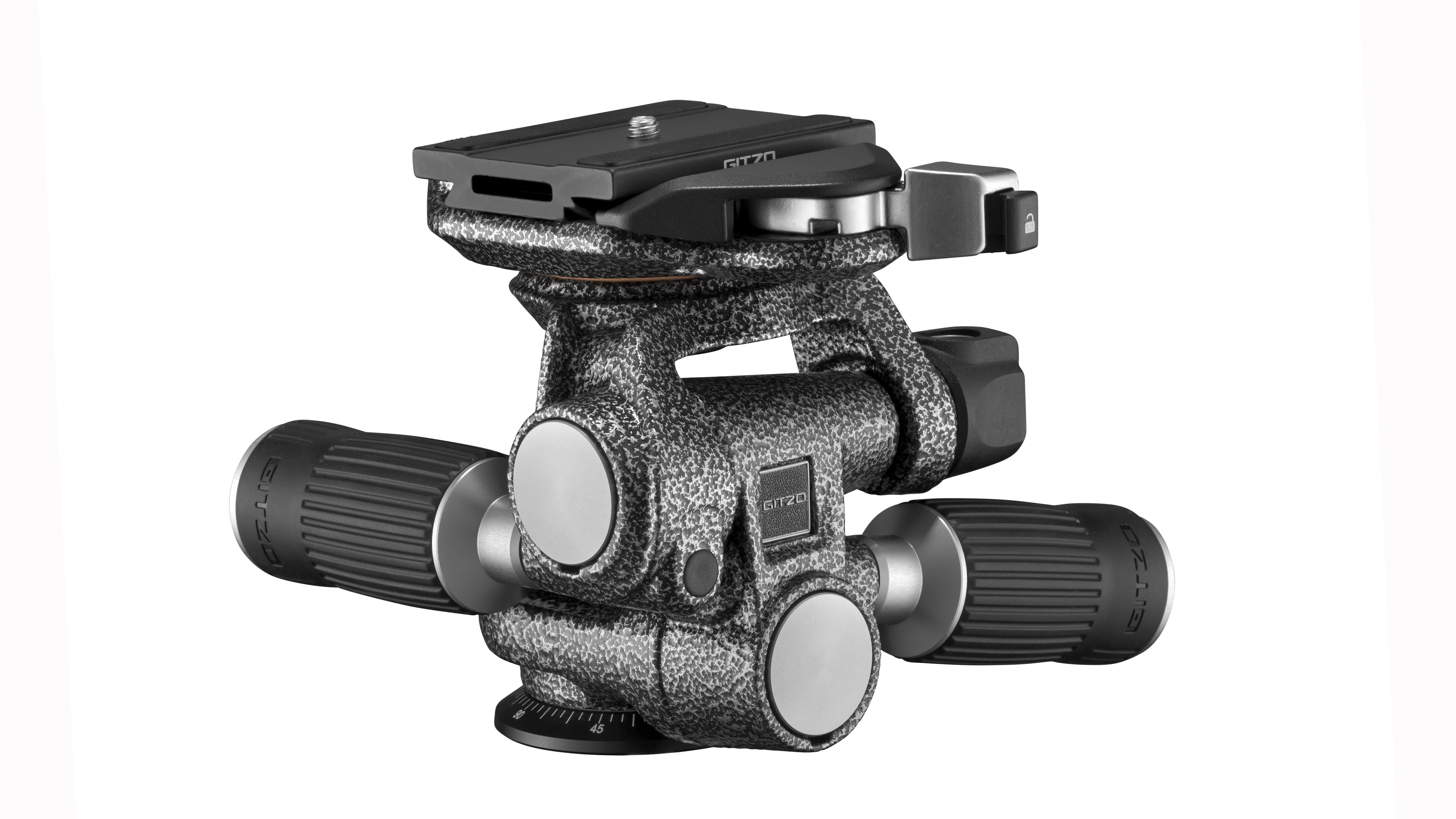
Get the right head
Tripod heads come in all sorts of different types and are as important as the tripod itself. Sometimes a tripod is sold without a head and you have to choose your own; sometimes they are sold with a general purpose ball head.
Ball heads are fine for quick and simple movement in all directions, but for more precise control over the camera movement, a three way head is better, if a little more bulky.
There are many other types, including panoramic heads for 'stitchers', gimbal heads for heavy lenses, geared heads for fine adjustments and more. Here's a selection of guides where you can find out more:
• Best ball heads
• Best three way heads
• Best gimbal heads
• Best panoramic heads
• Best geared heads
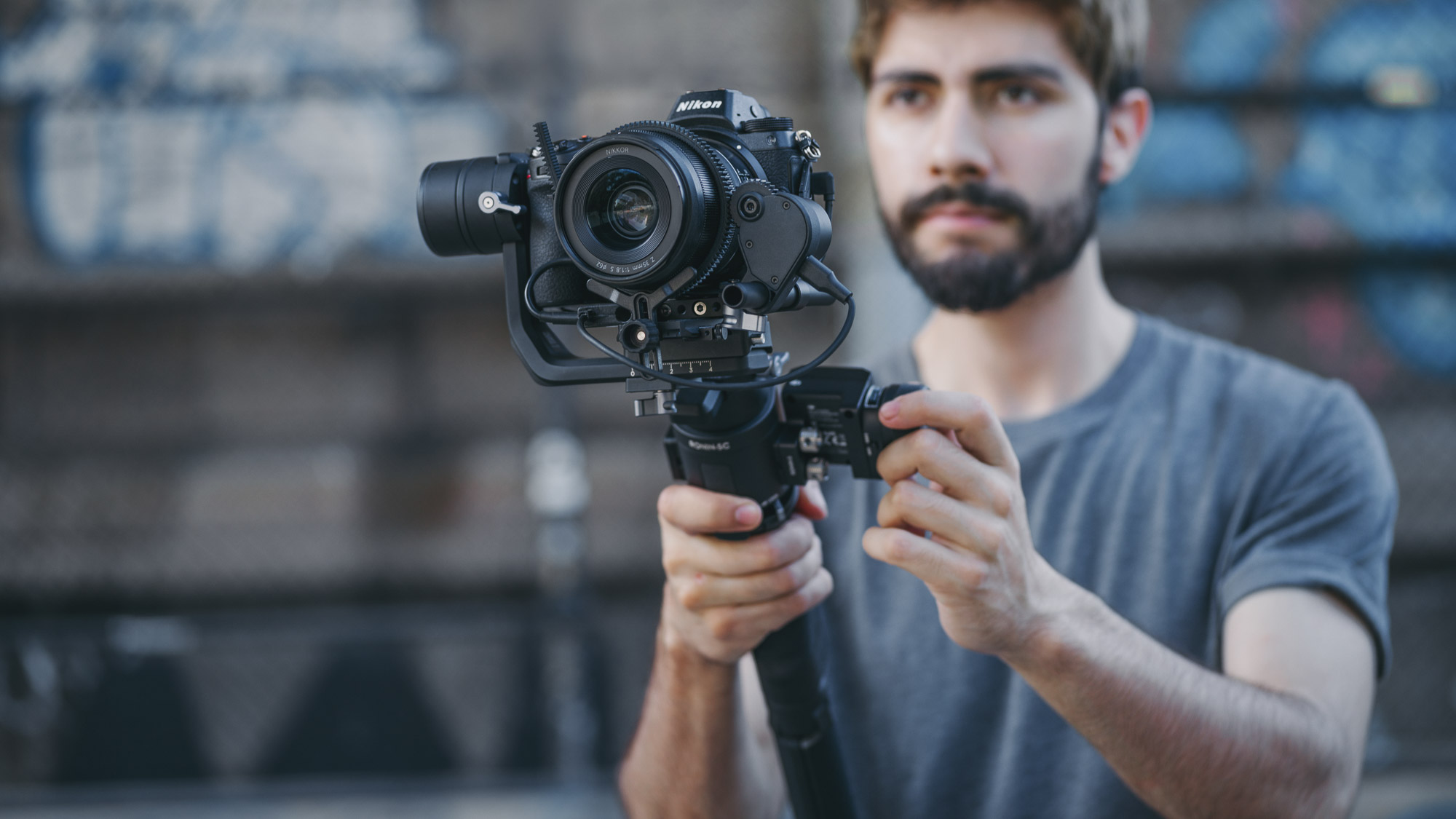
Tripods or gimbals for video?
Good question. This depends entirely on your style of videography. For static shots or slow pans, a tripod is essential, ideally with a fluid head. Jerky handheld video is almost impossible to watch and a tripod is the simple, obvious and complete solution.
Unless you want to include camera movement in the action. The only way to do this is with a stabilising gimbal. These take a little mastering at first as they seem to have a mind of their own, but this is the only way to capture smooth camera movement. Cameras with in-body stabilisation can smooth out ‘jiggles’ but they can’t smooth out big, deliberate camera movements like a gimbal can.
Want to know more? Read our guide to the best stabilizing gimbals for cameraphones, mirrorless cameras and DSLRs.
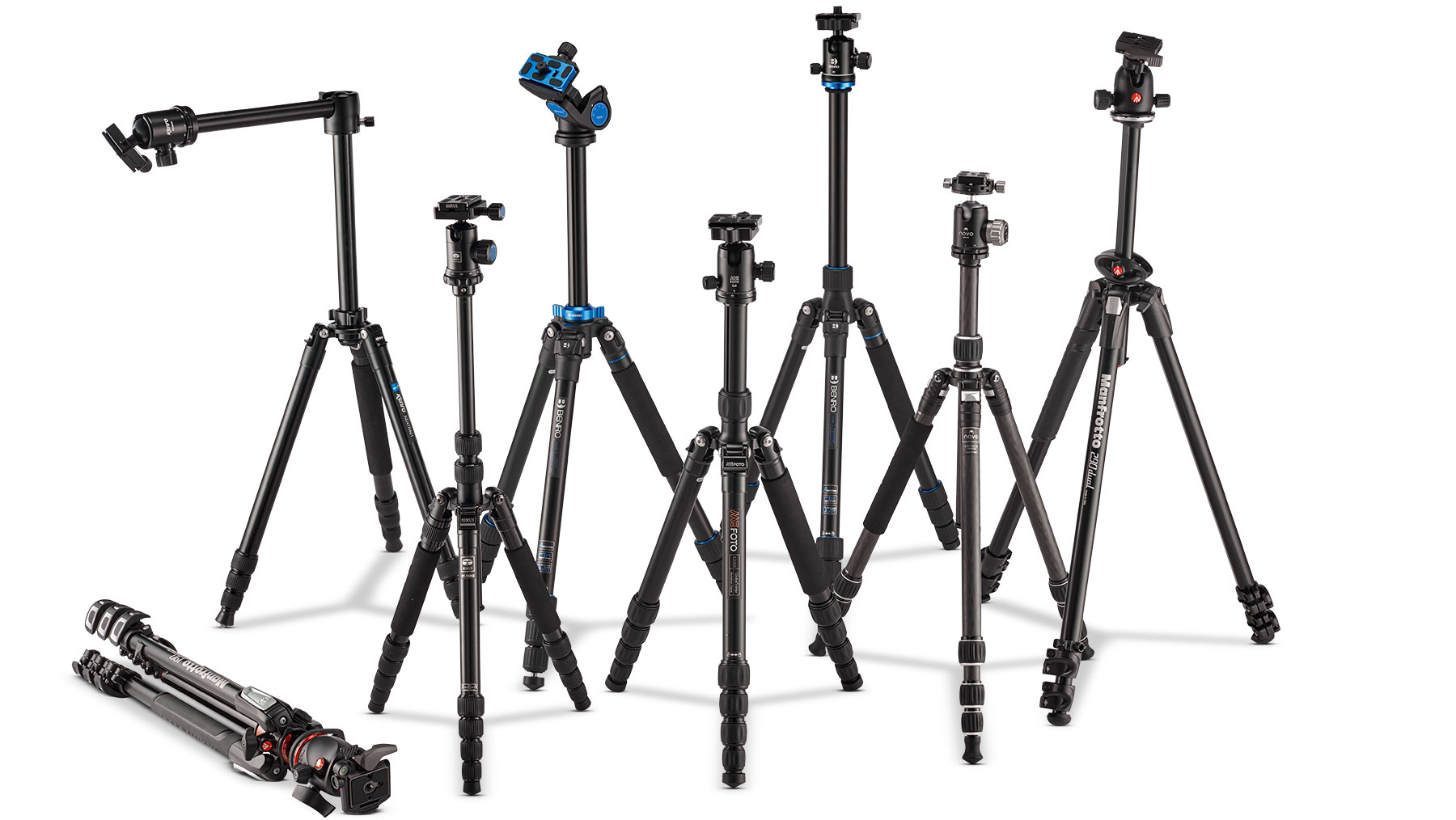
So do you need a tripod... and how much should you pay?
We would recommend every photographer has a tripod. You might end up using it all the time, or you might only need it once in a blue moon... but when you do need it, you will be SO glad you've got it. A tripod will also allow you to try new techniques and subjects you could never have attempted before.
Tripods start from less than $100/£100, but in this price bracket you risk getting something to weak and feeble to support your camera properly. You can get some good tripods in the $150/£150 to $250/£250 price range that will also have a bit more longevity, and if you are prepared to spend a little more, a carbon fiber tripod will be both lighter to carry around and will offer slightly better vibration damping too.
Professional, studio and video tripods can easily cost $500/£500 or more, but if you are working in this area already, you probably don't need us to tell us whether you need a tripod or not ;-)
Read more:
• Best tripods
• Best travel tripods
• Best video tripods
• Best mini tripods
• Best iPhone tripods

Rod is an independent photography journalist and editor, and a long-standing Digital Camera World contributor, having previously worked as DCW's Group Reviews editor. Before that he has been technique editor on N-Photo, Head of Testing for the photography division and Camera Channel editor on TechRadar, as well as contributing to many other publications. He has been writing about photography technique, photo editing and digital cameras since they first appeared, and before that began his career writing about film photography. He has used and reviewed practically every interchangeable lens camera launched in the past 20 years, from entry-level DSLRs to medium format cameras, together with lenses, tripods, gimbals, light meters, camera bags and more. Rod has his own camera gear blog at fotovolo.com but also writes about photo-editing applications and techniques at lifeafterphotoshop.com
